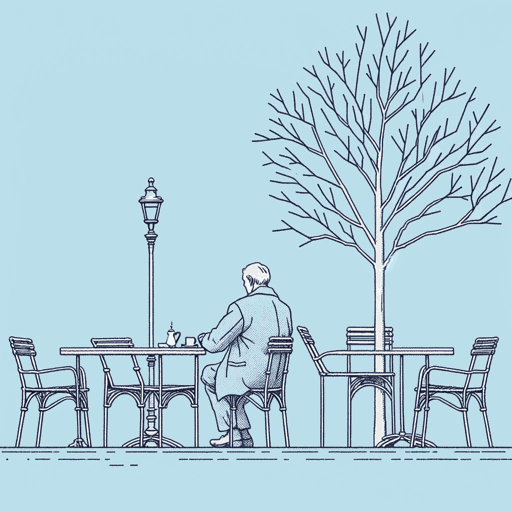28 pages • 56 minutes read
Ernest HemingwayA Clean, Well-Lighted Place
Fiction | Short Story | Adult | Published in 1926A modern alternative to SparkNotes and CliffsNotes, SuperSummary offers high-quality Study Guides with detailed chapter summaries and analysis of major themes, characters, and more.
Symbols & Motifs
The Cafe
The café in “A Clean, Well-Lighted Place” is just that: a space that is pleasant and orderly. It symbolizes how community can counteract the modern era’s alienation. It is more than a gathering place and offers a brief escape from the harsh realities of the modern world and the feelings of despair that plague it. The older narrator speaks highly of the café and is hesitant to close it early because, at night, it offers a place for himself and others like him. It is a place where the old man stays “because he likes it” (289).
The café is clean, it is bright, and it is pleasant, which stands in stark contrast to the despair that plagues both the older men. As such, they are hesitant to leave each night. As a symbol, the café contrasts against the bars and bodegas in the story; all three are places where one can drink alcohol, but a café generally serves food as well, giving it nourishing connotations. The older waiter does not find the same solace in the bar he visits after his shift, remarking that the bar is “unpolished.” His 







Related Titles
By Ernest Hemingway

Across the River and into the Trees
Ernest Hemingway
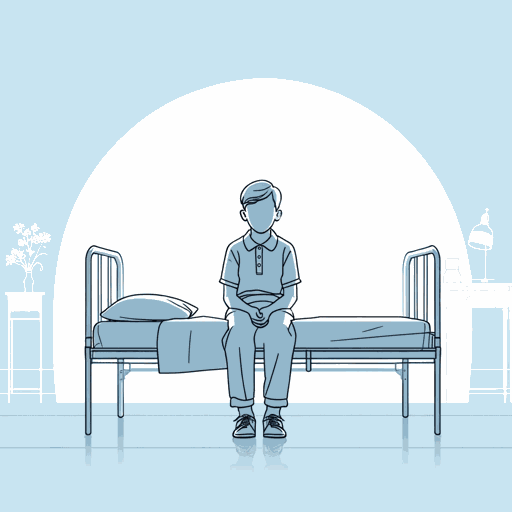
A Day's Wait
Ernest Hemingway
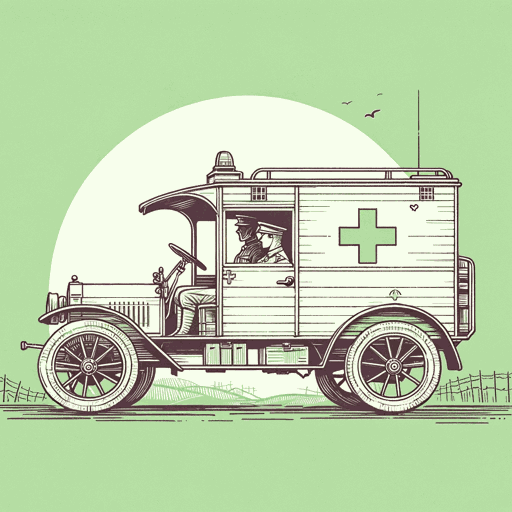
A Farewell to Arms
Ernest Hemingway
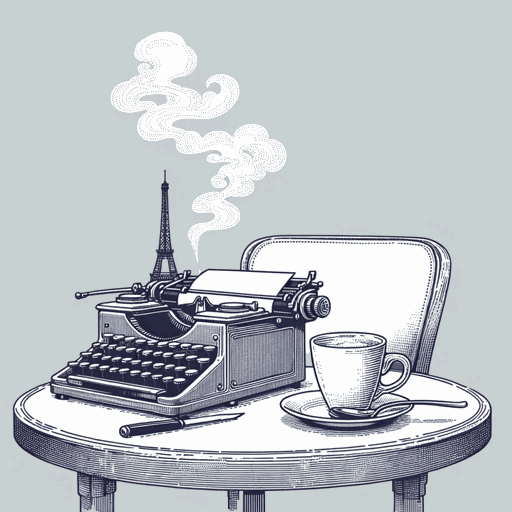
A Moveable Feast
Ernest Hemingway

A Very Short Story
Ernest Hemingway
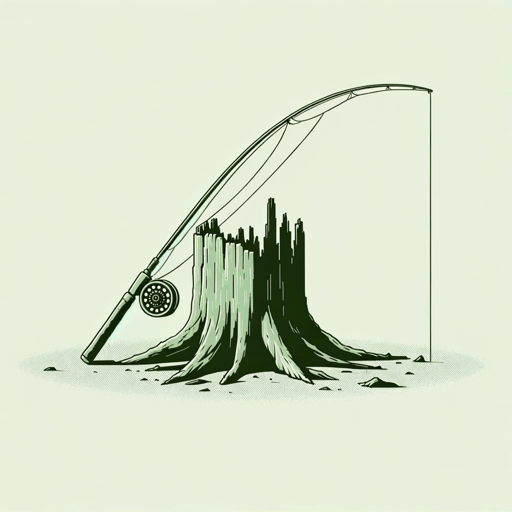
Big Two-Hearted River
Ernest Hemingway
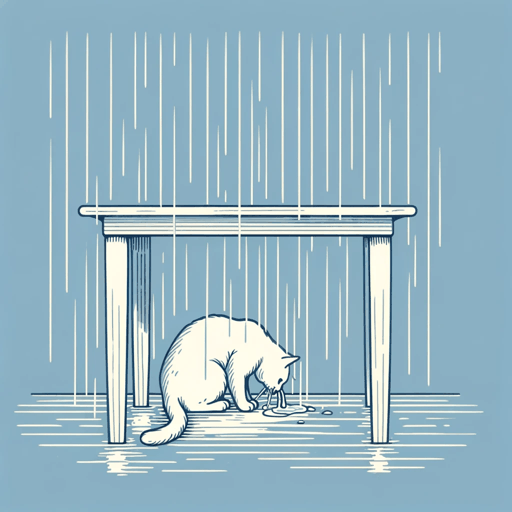
Cat in the Rain
Ernest Hemingway

For Whom the Bell Tolls
Ernest Hemingway

Green Hills of Africa
Ernest Hemingway

Hills Like White Elephants
Ernest Hemingway
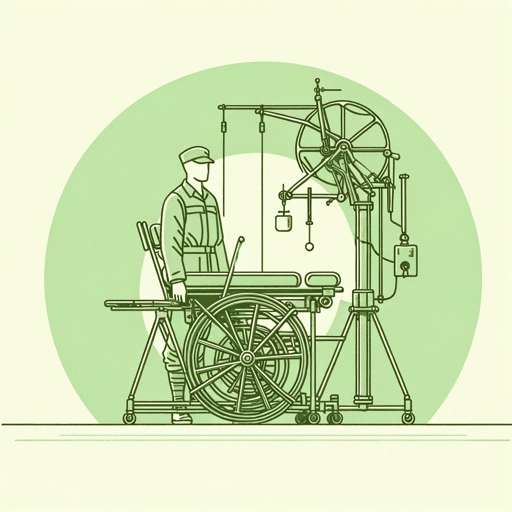
In Another Country
Ernest Hemingway

Indian Camp
Ernest Hemingway

In Our Time
Ernest Hemingway
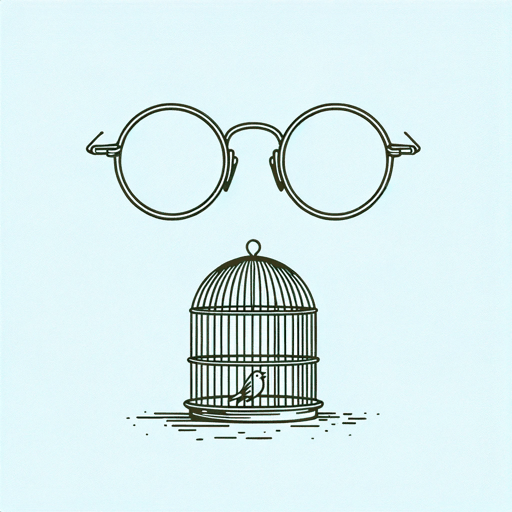
Old Man at the Bridge
Ernest Hemingway
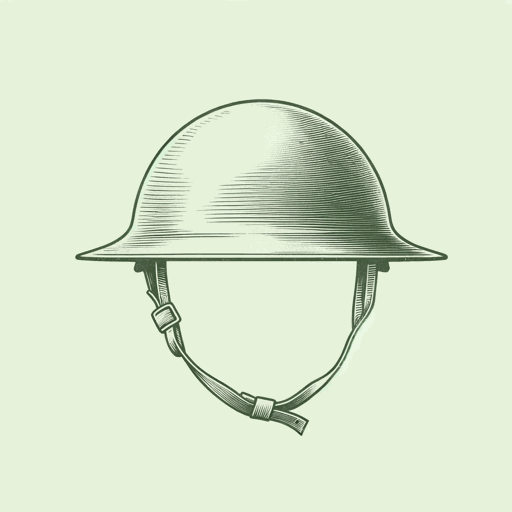
Soldier's Home
Ernest Hemingway

Solider's Home
Ernest Hemingway

Ten Indians
Ernest Hemingway

The Garden of Eden
Ernest Hemingway

The Killers
Ernest Hemingway

The Nick Adams Stories
Ernest Hemingway
